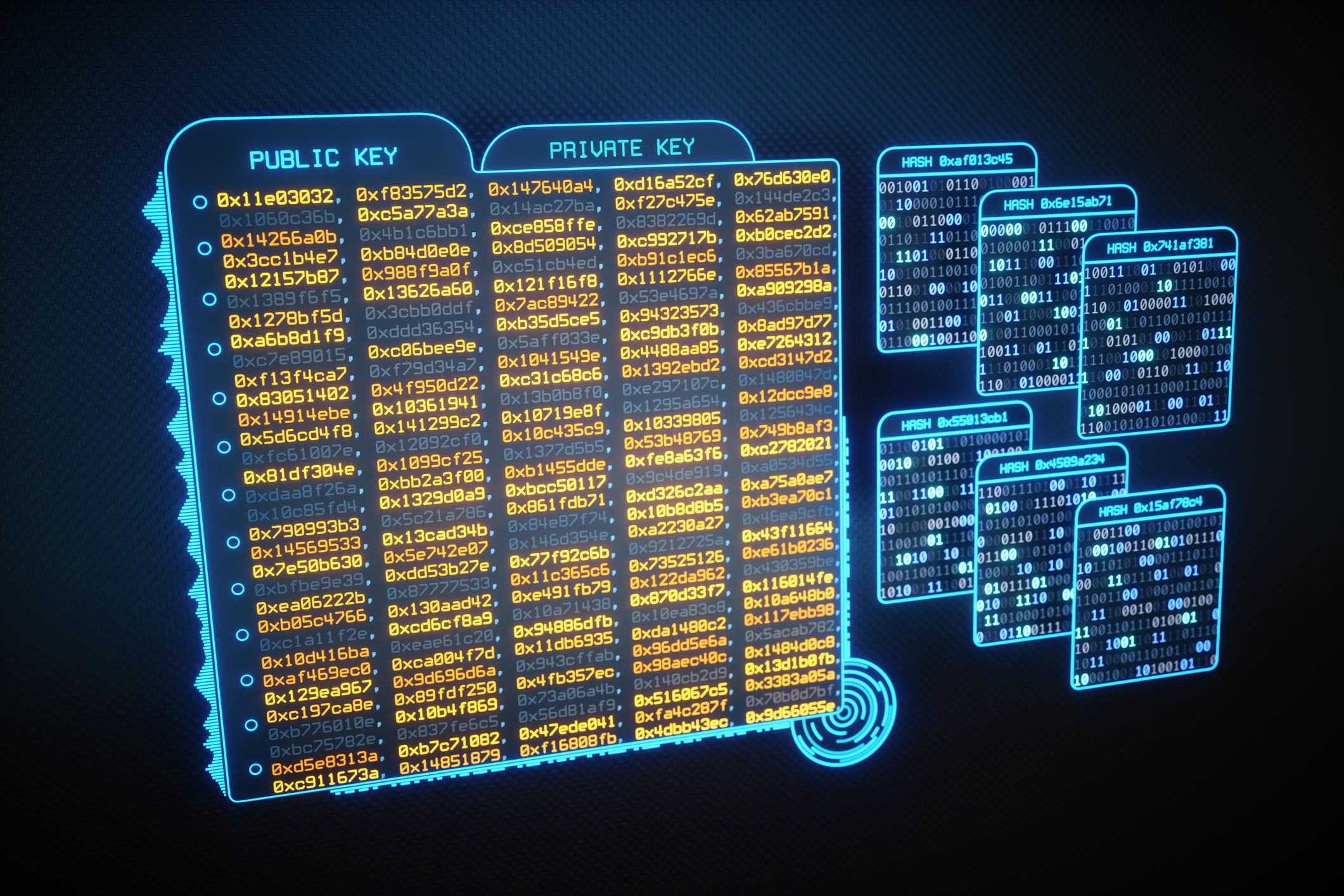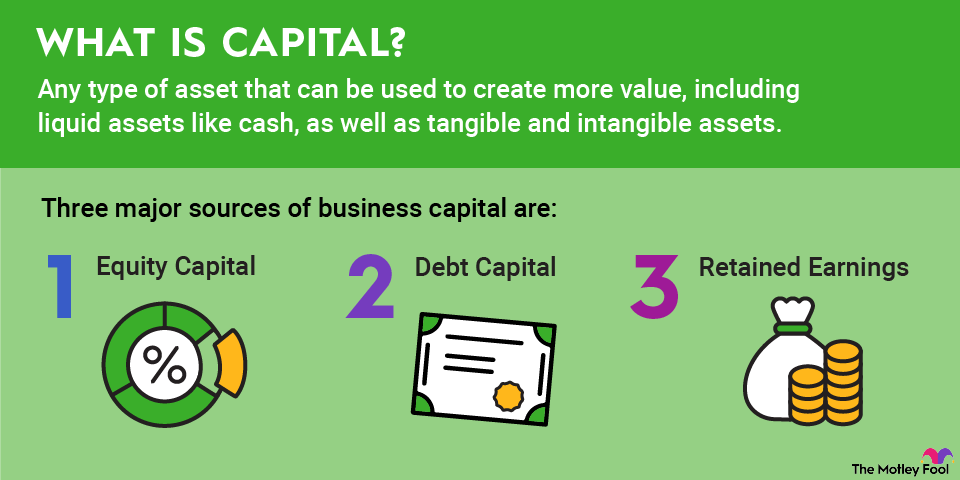Hashing is the process of turning data inputs into a fixed string of characters. It has all sorts of applications, including data authentication and storage, and it's an essential part of both blockchain networks and their cryptocurrencies. The most secure type of hashing uses an algorithm called a cryptographic hash function.

By understanding how these functions work, you'll discover what makes them so important in the world of cryptocurrency.
What are cryptographic hash functions?
A cryptographic hash function is a mathematical algorithm that takes a data input, often referred to as a message, and produces a fixed-length encrypted output. The output can be called the hash, hash value, or message digest.
This hash serves as an encrypted representation of the original data input. A cryptographic hash function must be deterministic, which means a given data input must always generate the same output.
Cryptographic hash functions must meet high security standards. Most importantly, they need to be able to withstand all known types of cryptanalytic attacks that are meant to determine vulnerabilities in a cryptographic system. Simply put, if an attacker can find a weak point to exploit, then the function doesn't qualify as a cryptographic hash function.


















